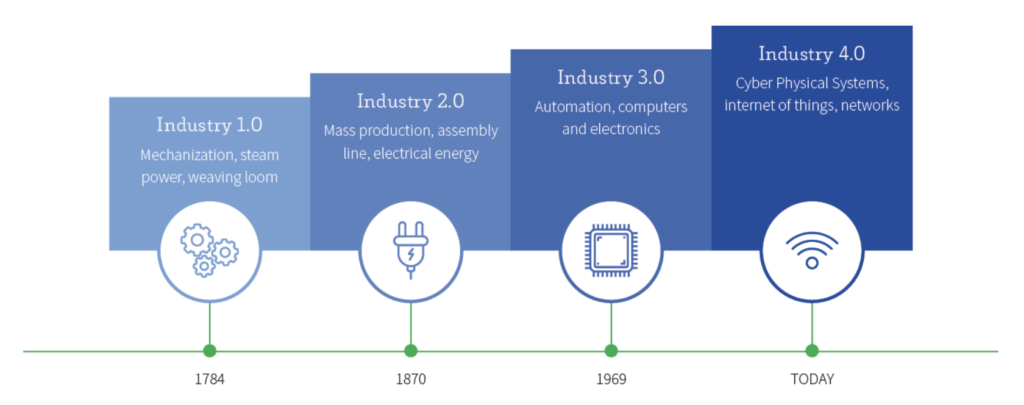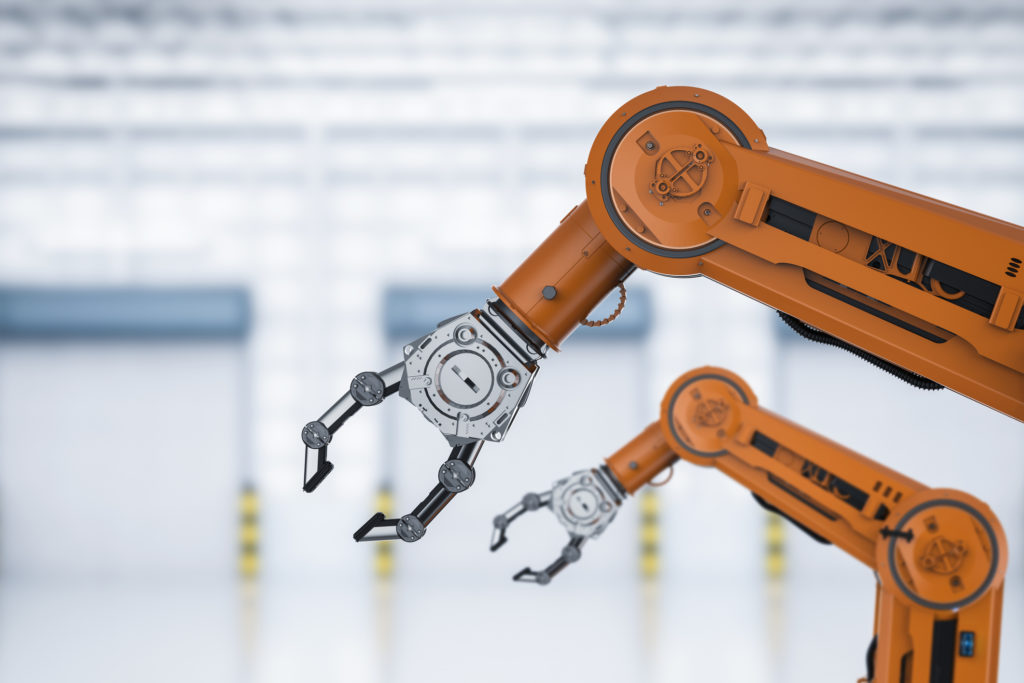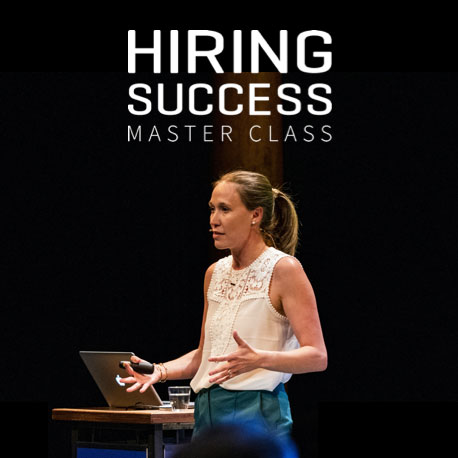The concept of the perfect candidate is a myth. This will become more and more apparent as the so-called Fourth Industrial Revolution continues to unfold and the skills gap is exacerbated. However, the solution to this problem isn’t as complex as you might think.
We are currently amid an epic workforce shift, and I’m not just talking about the productivity of a four-day work week or the proliferation of the gig economy (although those are both fascinating topics). What I am referring to is the skills gap: the growing divide between the skills of the current workforce versus the needs of a post-automation job landscape— what some are referring to as the Fourth Industrial Revolution.

What is the skills gap?
Long story short, almost half of employees today don’t have the skills needed to thrive in the jobs that people are hiring for. To quantify this, 47% of employees are potentially at risk of losing jobs due to future automation, and 65% of the jobs we will hire for in the future do not even exist today. Anyone else getting a little worried thinking about this?

But what effect will this have on our day-to-day as talent acquisition professionals? Both economists and recruiters can tell you about the (at times painful) reality of supply and demand, the former in economic terms, and the latter in terms of difficulty of hire. The harder it is to find candidates with a particular skillset, the more companies have to pay to hire individuals who have those skills.
How do we bridge the skills gap?
The harsh reality is that there is a finite amount of people with those ultra-rare future qualifications.
To meet and exceed our hiring goals in this new hiring landscape, TA must challenge the way we define the perfect candidate:
1) Consider candidate potential to develop capabilities over qualifications
Are there otherwise qualified candidates that can develop the skills needed over time? Some of the world’s most talented CEOs don’t have a university degree and that hasn’t held them back.
2) Cast a wider net
It’s critical that all hiring processes and programs are inclusive to all applicants. Those who are capable should be given a fair shot. There are over 326,000 unemployed veterans nationally, thousands more baby boomers who want to continue working, and parents hoping to return to the workforce. Yet these candidates are often overlooked or screened out early in the process.
3) Get out of your comfort zone
It’s comfortable to hire people that are in our network or are like us. We must be open to hiring those who are less connected. America houses the same amount of people with a criminal record as those with a college degree.
By expanding your own network (LinkedIn’s #PlusOnePledge is a great place to start) and giving non-traditional candidates a chance, we can expand our talent pool and give others access to opportunity that will change the trajectory of their career and life.
I’ve been in talent acquisition long enough to understand that the “perfect candidate” is essentially a myth. Many times, the person who looks best on paper ends up flaming out on the job. Our jobs are only going to become more difficult as we will be recruiting for roles that literally no one has ever done before. In order to excel in recruiting in the future, we need to be the architects of the change. This is chance for us to lead the way for our organizations and insist that things are done differently.

 Enroll in the Master Class & earn 6 SHRM credits
Enroll in the Master Class & earn 6 SHRM credits